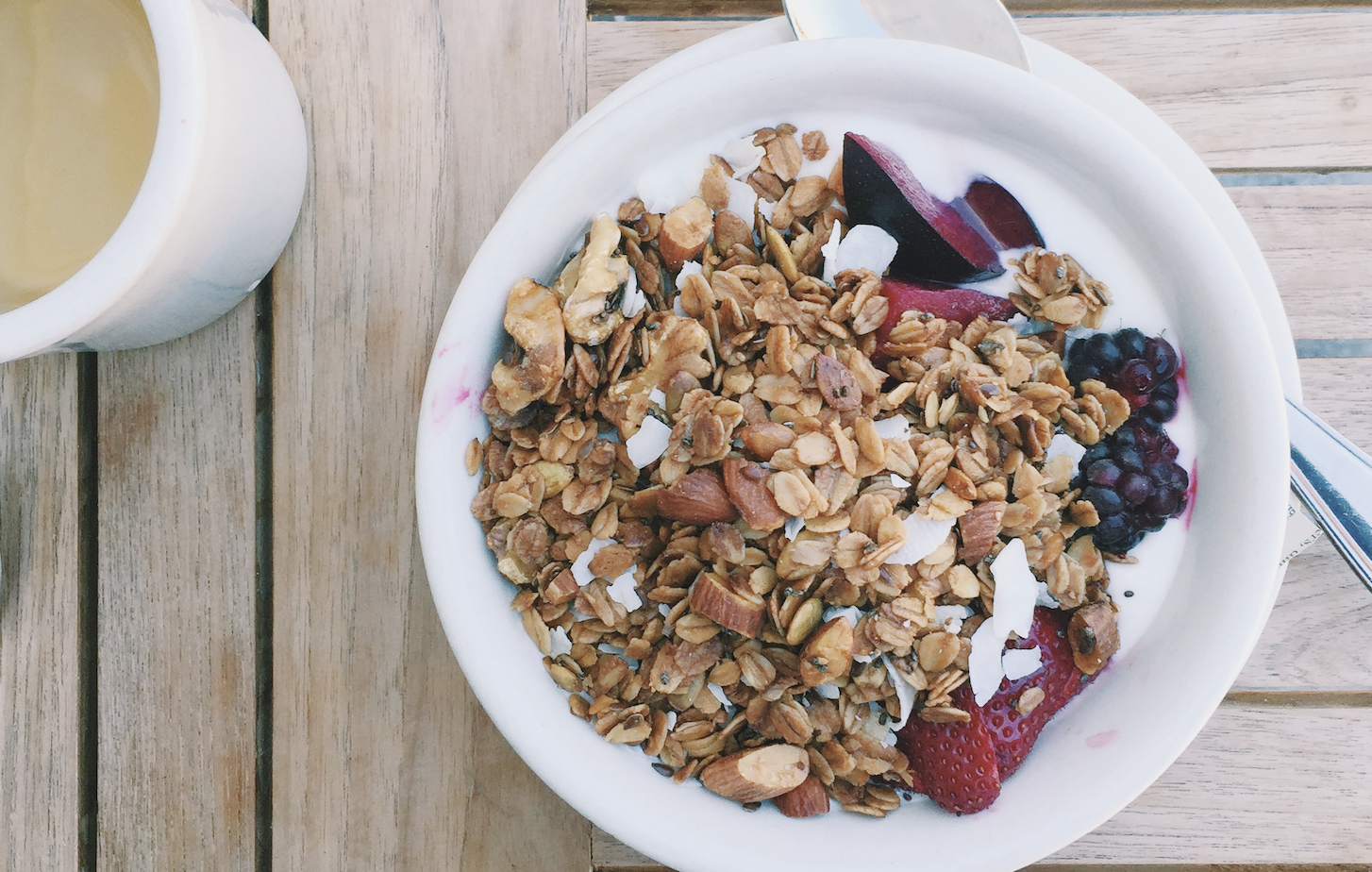Share This
Five a Day for Better Health. Start Simple with MyPlate. Fruits and Veggies – More Matters. All of these public health campaigns address important aspects of nutrition. However, to effectively reduce our risk of diet-related disease, research suggests that the one of most impactful nutrition shifts we should prioritize is increasing the consumption of a healthy, yet widely underutilized food group: whole grains.
Study after study affirms that whole grains are an important food group for preventing diet-related disease, and yet around the world many people are falling short of recommended intakes. The Global Burden of Diseases Study, published in 2019, found that “low intake of whole grains was the leading dietary risk factor for [disability adjusted life years] among men and women and the leading dietary risk factor for mortality among women” ahead of high sodium intake, high trans-fat intake, and high sugar-sweetened-beverage intake.
In another study, published this year in Nature Medicine, researchers developed risk-assessment models to estimate how much various dietary habits contribute to type 2 diabetes risk in 184 countries around the world. The largest burden (26.1%) of type 2 diabetes was attributed to low whole grain intake. Other factors contributing to high type 2 diabetes burden included high intake of refined rice and wheat (24.6%) and high intake of processed meat (20.3%).
As these studies indicate, increasing consumption of beneficial food groups like whole grains is just as important, if not more so, than decreasing consumption of detrimental ingredients such as sodium or added sugar. While it’s true that no one food can solve all of our dietary problems, the evidence suggests that increasing whole grains is a great starting point on the journey to better health. It is also more enjoyable (and sustainable) to focus on eating more of something, rather than approaching nutrition from the mindset of deprivation.
Eating more whole grains can have other health benefits as well. In a systematic review of 23 studies, people eating the most whole grains were more likely to have better mood, depression, and anxiety scores. Research published this year also suggests that people eating the most whole grains are 28% less likely to develop all-cause dementia and are 36% less likely to develop Alzheimer’s dementia.
Most Americans need at least two more servings of whole grains per day to meet the minimum recommendations outlined in the Dietary Guidelines for Americans. Do your health a favor by finding one or two extra ways to incorporate whole grains into your diet each day this week.
Start your morning with whole grain cereal, a granola parfait, a whole grain English muffin with peanut butter, or whole grain pancakes. For lunch, wrap hummus and veggies into a whole grain wrap, build a grain bowl over brown rice or quinoa at your favorite fast-casual spot, or opt to have your sandwich on whole wheat bread. For dinner, you can use brown rice or sorghum in a stir fry, pick up a box of whole grain pasta, serve whole grain naan bread along with your dinner, or make tacos with whole grain corn or whole wheat tortillas. Whole grains also make easy snacks, whether you enjoy popcorn, granola bars, whole grain crackers, or instant oatmeal. There is a whole grain option out there for every taste and budget! (Kelly)
To have our Oldways Whole Grains Council blog posts (and more whole grain bonus content!) delivered to your inbox, sign up for our monthly email newsletter, called Just Ask for Whole Grains.


Add a Comment